SED-ML Editors
The SED-ML specification is written by an editorial board consisting of five editors. They are elected by the SED-ML community (members of the sed-ml-discuss mailing list) and serve for 3-year terms as volunteers. SED-ML editors are responsible for hosting all material relevant to SED-ML, coordinating the SED-ML development, maintaining the SED-ML website and the SED-ML specification documents.
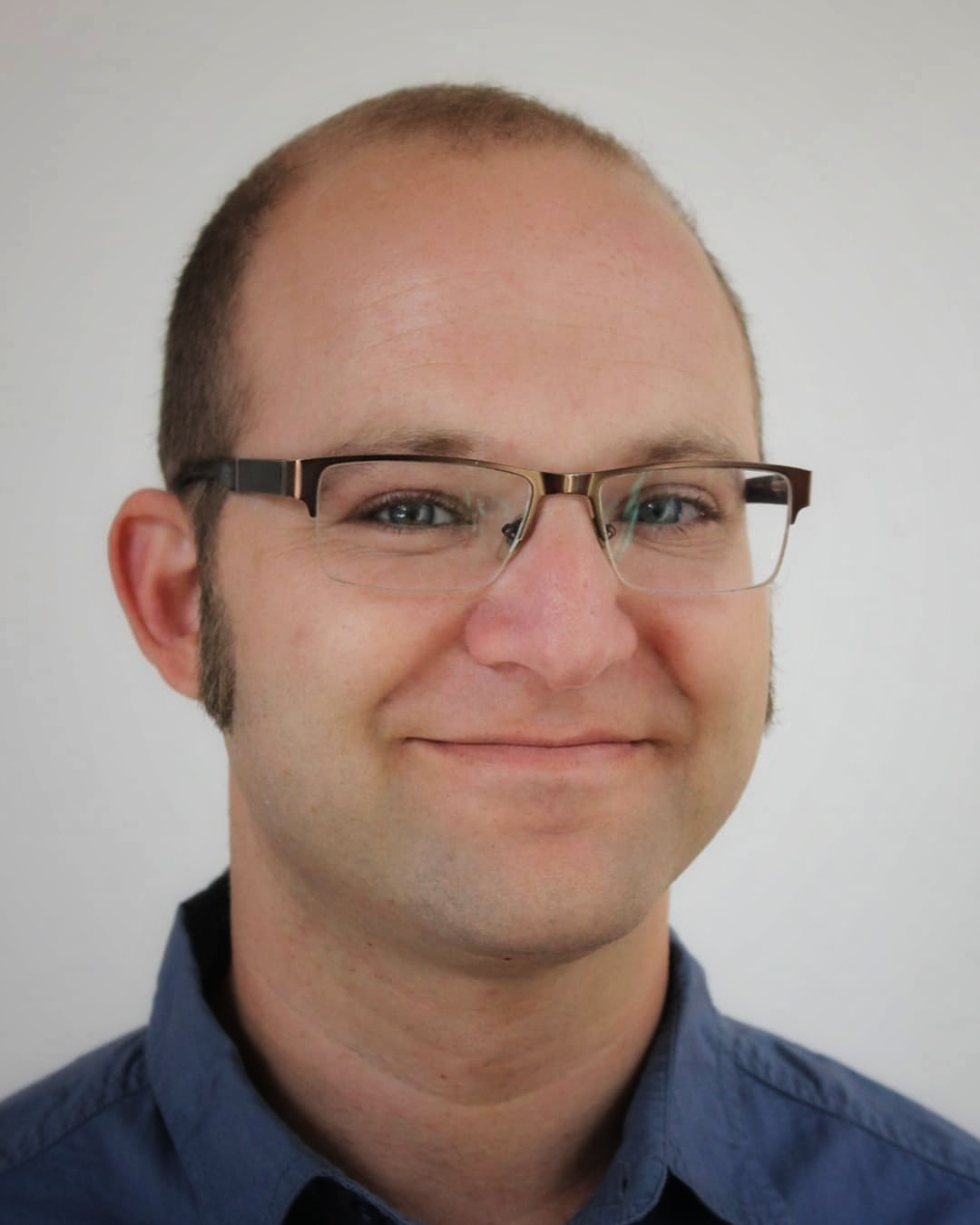
Eran Agmon (2023-2025)
Eran Agmon is an Assistant Professor at the Center for Cell Analysis and Modeling at University of Connecticut Health. As the primary developer of Vivarium, Eran has been developing software for integrating heterogeneous modeling methods to build multi-algorithmic, multi-scale simulations. He is interesting in building models of microbiomes that span molecular to multi-cellular and ecological scales.
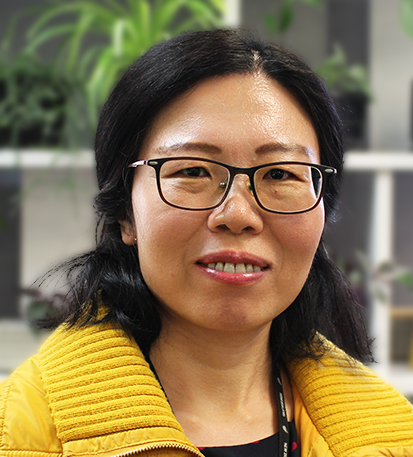
Weiwei Ai (2024-2026)
Weiwei Ai (PhD in Electrical and Electronic Engineering) is a Research Fellow at the Auckland Bioengineering Institute, New Zealand. Her research areas include multiscale modeling, machine learning applications in computational physiology, and modeling software design. Employing standards such as CellML, SEDML, and semantic annotation, she automates model processes from construction, integration, and reduction to system analysis. She is also interested in incorporating prior knowledge and structured standards into machine learning techniques to integrate knowledge graphs from research literature, biological ontologies, annotated models, and simulation results, along with experimental data.
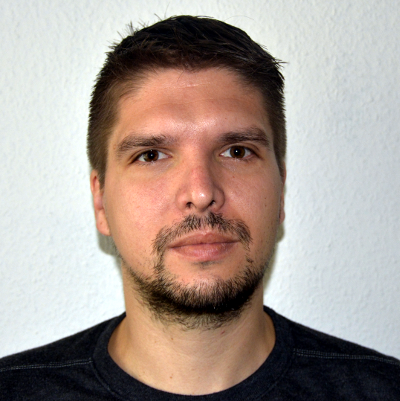
Matthias König (2024-2026; 2020-2022; 2017-2019)
Matthias König (PhD. in Biophysics) leads an junior research group for Systems Biology and Systems Medicine of the liver at the Humboldt University Berlin. His research areas include computational modeling, data science, development of bioinformatics methods and machine learning based on biological, medical and clinical data. He has been actively involved in the development of SBML, SED-ML and software supporting these standards: Lead-developer of cy3sbml and sbmlutils; contributor of the SBML simulation software libroadrunner and tellurium.
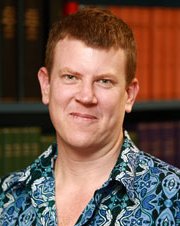
David Nickerson (2023-2025; 2019-2021; 2015-2017; 2011-2013)
David Nickerson (PhD in Bioengineering) is a Senior Research Fellow in the Auckland Bioengineering Institute where he leads the Auckland Physiome Group, working on several projects addressing reproducibility, discoverability, and reusability in computational physiology. David is also involved in many aspects of the CellML project as well as various cardiac modeling projects. He also develops several CellML-related software tools and is the current CellML delegate to the COMBINE coordination group.
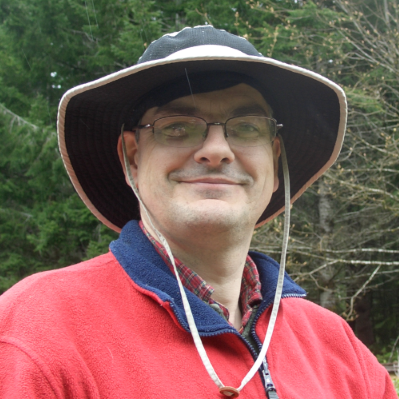
Herbert Sauro (2018-2020; 2025-2027)
Herbert Sauro (PhD in Systems Biology) is a Professor in the University of Washington, Department of Bioengineering. Herbert has been involved in standards and software development in systems biology for a long time and was one of the founding members of the original SBML team. The Tellurium Python modeling platform which has been developed with his collaborators and students, supports the current SED-ML and COMBINE standards.
Editorial board meetings
The editors meet regularly in online meetings and during the yearly COMBINE and HARMONY meetings.

HARMONY2017
Meeting in Seattle, WA, US during HARMONY2017. Getting ready for the L1V3 release.
Past members of the SED-ML editorial board
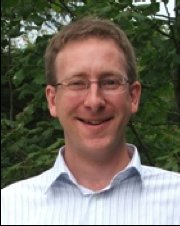
|
|
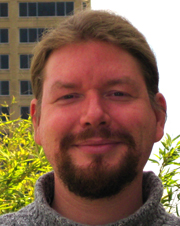
|
|
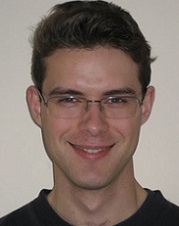
|
|
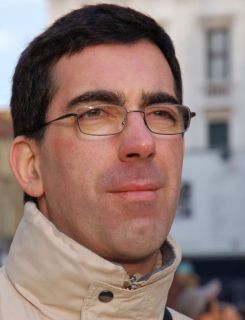
|
|
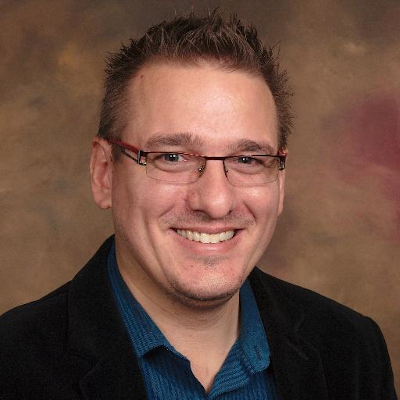
|
|
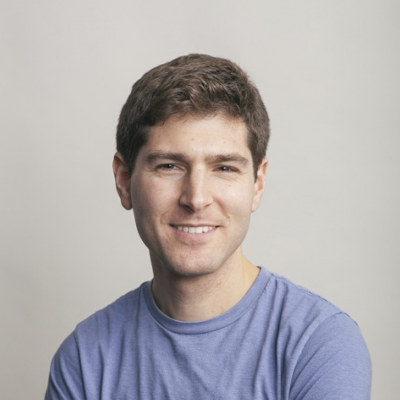
|
|
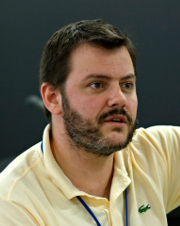
|
|
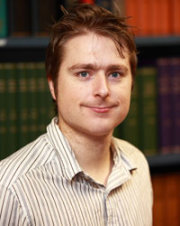
|
|
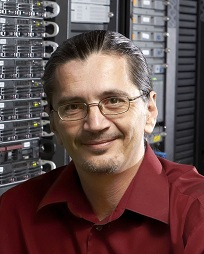
|
|
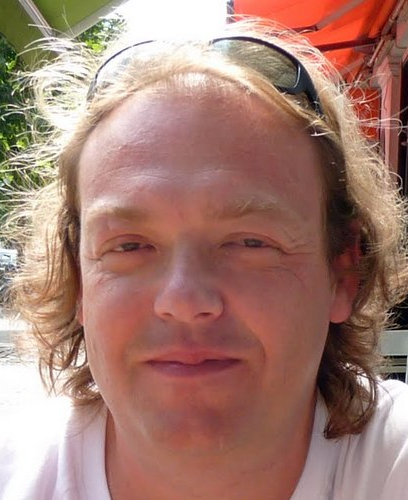
|
|

|
|
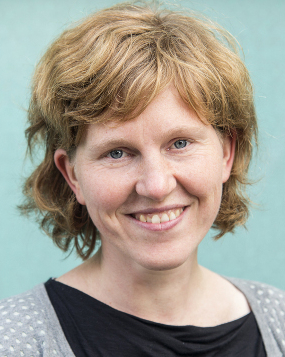
|
|
© 2017-2021 sed-ml.org. Report website issue